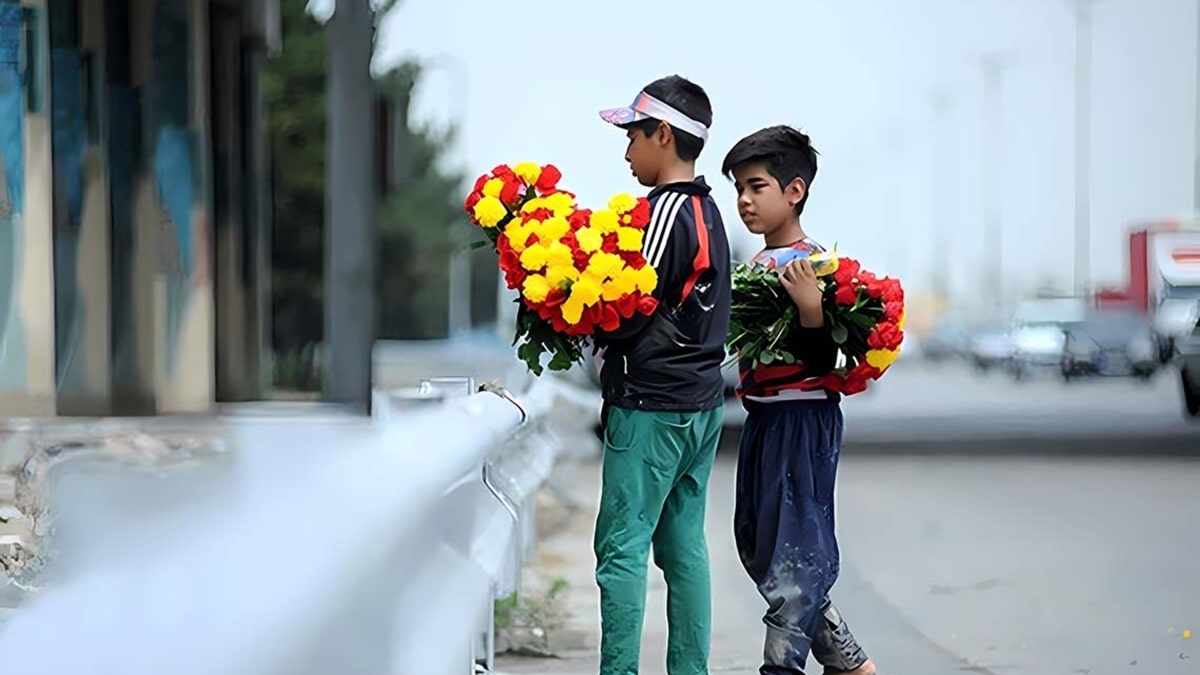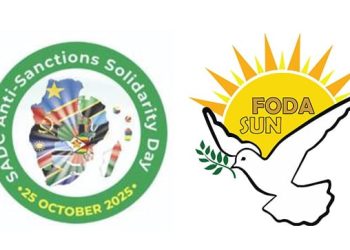Introduction
Forced child labour is considered one of the most egregious forms of modern slavery, which can be observed in both industrial and non-industrial societies. With the development of the international human rights system and increased focus on children’s rights, there are numerous concerns regarding the well-being of children. According to international laws, states are obligated to ensure the rights of children in all cultural, economic, and social aspects. In this regard, the child labour phenomenon and their exploitation consistently are subjects of some international regulation and documents.[1]
The present text addresses the measures taken by Iran to deal with the child labour phenomenon and also street children’s problems. Statistics about the number of working children in Iran are not accurate. Moreover, the statistics fail to address the distinction between working children and street children. For instance, certain statistics suggest a range of one million six hundred thousand to two million individuals, with approximately 37% of them being Afghan nationals[2]. Conversely, another statistic estimates this figure to be around 12,000 to 15,000 by 2023.[3]
Legislative Capacities of Iran Concerning Child Labour
Iran has been one of the countries that have accepted international agreements and decisions in the area of child labour; Iran is a party to the Convention on the Rights of the Child and has acceded to the Worst Forms of Child Labour Recommendation, 1999 (No. 190), and the Worst Forms of Child Labour Convention, 1999 (No.182) in 2002.
There are national laws about child labour and street children:
1- Executive By-Law of Organizing Street Children in 2005[4]; According to it, a collective of internal organs is obligated to take measures in order to organize and protect street children. Also, empowerment and skills training for these children is expected in the executive by-law. It can be said that this executive by-law is the most important legislative decree concerning child labour and street children subject.
2- Protecting Children and Adolescents Law in 2020; The law includes articles about dealing with the sexual and economic exploitation of children, child abuse, and immediate intervention by the Judiciary to prevent delinquency of children and adolescents who are involved in these phenomena, and imposes penalties for culpable and predatory individuals. Furthermore, this law, obligates the Judiciary to allocate special benches of prosecutor offices and criminal courts for children and adolescents. Based on the law, welfare social workers have a key role too.
3-Labour Law in 1990[5]; Articles 79 to 84 of this law relate to the work of adolescents and the principles that employers are obliged to follow. According to these regulations, it is forbidden to employ individuals under the age of 15 in regular work and to employ individuals under the age of 18 in jobs that harm their health and morals. Additionally, it is necessary to conduct medical tests at the start of their employment, and night work and strenuous labour are prohibited for them.
Executive Measures of Iran Concerning Child Labour
In the country, multiple institutions are tasked with addressing matters pertaining to child labour. The State Welfare Organization of Iran holds the foremost responsibility in this domain that it is entrusted with empowering, preserving, and assisting children and adolescents in compliance with the Protecting Children and Adolescents Law, in collaboration with relevant entities. Ministry of Interior, Ministry of Cooperatives, Labour, and Social Welfare, Law Enforcement Command of the Islamic Republic of Iran (Police), Ministry of Justice and Municipalities are other responsible institutions and must effectively collaborate with the State Welfare Organization of Iran. Considering these capacities, there is no shortage in the field of implementation. The most important common measures taken by these organizations have been organizing and gathering children involved, providing advice, education, material and spiritual support, and dealing with abusers.
Recently, the relevant institutions, including the Ministry of Interior, have undertaken the establishment of specialized committees and working groups focused on child labour. Additionally, they have conducted training courses, encompassing technical skills, for the children and adolescents involved. The Street Children and Child Labour Working Group is one of these working groups. This working group took measures in the area of free advice for children involved and their families and has also reached agreements with the Police and the Judiciary to combat child labour abuse and its organized crime.[6] Iran’s governorates, which are considered subordinate divisions of the country’s ministries, play a crucial role in addressing the issue of child labour. For example, the cultural division of Alborz governorate provided support to 3,300 students involved in child labour.[7]
Conducting a meeting to enhance awareness is also considered a crucial step. For instance, it is noteworthy to mention the organization of a comprehensive review meeting by the General Welfare Department of Isfahan Province in 2023, addressing the issue of child labour and its mitigation.[8]
According to the director of the Office of the Socially Disadvantaged at The State Welfare Organization in 2023, the organization registers and identifies street children using iris scanner devices, while also obtaining their consent for this process.[9]
It is also emphasized that non-governmental organizations in Iran play an important role in helping working and street children. For example, the Support Association for Labour Children has had various activities in this field.[10]
Recommendations
1- State institutions should enhance their collaboration with non-governmental organizations to address the growing number of street children and the issue of forced child labour.
2- The State Welfare Organization should expand its capabilities in this matter.
3- Iran should draw upon the experiences of other countries and international organizations, particularly UNICEF and the International Labour Organization, to address these issues.
4- State and non-state cultural institutions should enhance their efforts to raise awareness and promote a culture regarding child labour and street children.
5- The Ministry of Interior should make substantial endeavors to organize street children who are foreign nationals.
[1]. Declaration of the Rights of the Child 1959, Art.9.; The United Nations Convention on the Rights of the Child 1989; Minimum Age Convention 1973; Worst Forms of Child Labour Convention 1999.
[2]. Report of Mehr News Agency, 12 June 2024, accessed 16 August 2024: https://shorturl.at/zl7Dw. (In Persian)
[3]. Report of Rokna, 23 November 2023, accessed 16 August 2024: https://yu3.io/ziymxb. (In Persian)
[4]. Available at, https://rc.majlis.ir/fa/law/show/124218. (In Persian)
[5]. Available at, https://rc.majlis.ir/fa/law/show/99612. (In Persian)
[6]. For more information, report of ISNA, 11 June 2024, accessed 13 August 2024: https://yu3.io/5jq7f0. (In Persian)
[7]. Report of website of Ministry of Interior, 10 November 2023, accessed 16 August 2024: https://yu3.io/zun73x. (In Persian)
[8]. For more information, 14 June 2023, accessed 16 August 2024: https://yu3.io/zicnso. (In Persian)
[9]. For more information, 30 January 2023, accessed 16 August 2024: https://yu3.io/vn55kc. (In Persian)
[10]. For more information: special report of association for World Day Against Child Labour in 2024, accessed 16 August 2024: https://apcl.org.ir/wp-content/uploads/2024/07/VIJIENAME1403.pdf.





